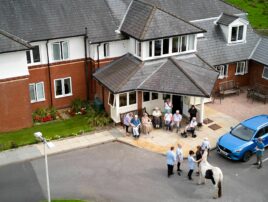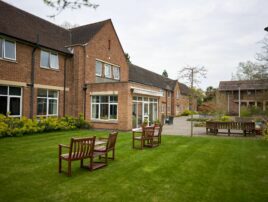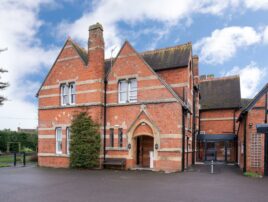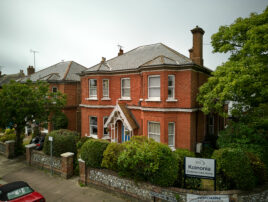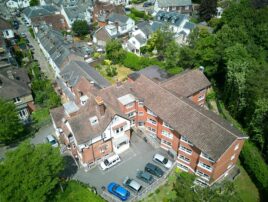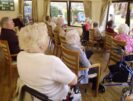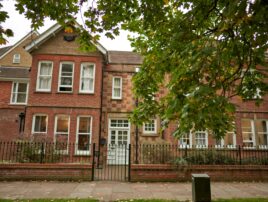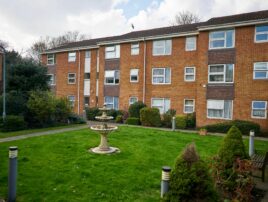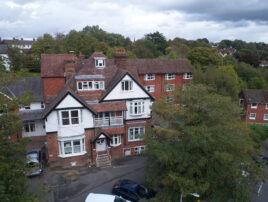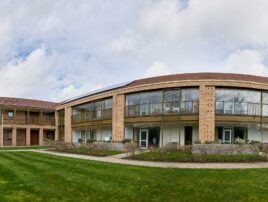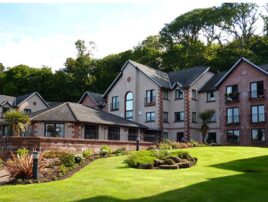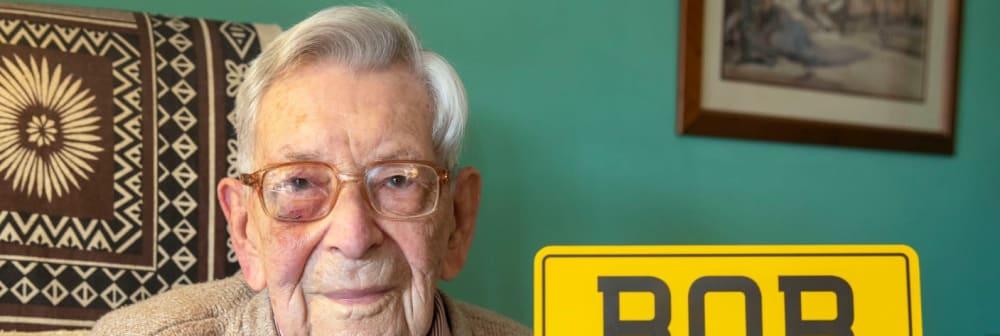
Tuesday 10th March 2020
Super-Ager Briton, 111, is the world’s oldest man
Louise Morse
In a few weeks’ time Bob Weighton will be 112 years old – not only the world’s oldest man, but by the sound of it - the world’s oldest fittest man. (He shares the oldest person title with Joan Hocquart, who lives in Dorset and was born on the same date – 29 March 1908).
Bob lives in his own (book-filled) flat in Hampshire; shops at Waitrose (though lately he has been thinking about having lunch in the care home over the road); reads avidly, writes poetry, makes furniture and ornaments out of recycled materials, is well versed in current affairs and has a robust memory.
Bob was born and raised in Hull, and has lived in Birmingham, Taiwan, Toronto, and Hatch End on the outskirts of London. His wife Agnes died aged 90, in 1997, and all six of Bob’s siblings have gone, too – the last died over ten years ago. But Bob is never lonely, insisting that would be absolutely impossible. “I know far too many people who all want to come and see me,’ he said, and his interviewer (Jane Fryer) adds, “Of course they do. He is superb company: dry funny, crisp and precise.”
His story reveals similar life patterns to those of the ‘super-agers’ in parts of the world who live very long lives in good health. There are five of these ‘blue zones’, Loma Linda, in California; Ikaria, Greece; Sardinia, Italy; Okinawa, Japan; and Nicoya, Costa Rica. Although he has never lived in a ‘blue zone’ Bob shares their longevity and good health. The first life pattern clue is that he and his wife Agnes (she died aged 90, in 1995) were ‘very involved’ with their local church, and he has only just given up writing his column for his Church Times. Having faith at centre of their community is a shared characteristic of the blue zones- not the fervour of the new, but the consistency of the long established. The other habits are reading, walking, being part of a community, and staying mentally ‘connected’ by being curious and learning new things. (Bob stays in touch with current affairs.)
The first ‘blue zone’ on record was Roseto, a township built by Italian immigrants in Pennsylvania in the early 1880s. They became a close knit, prosperous community. It was ‘discovered’ in the 1950s by Dr Stewart Wolf during his annual summer holiday. To his amazement, he found that people in Roseto weren’t dying of the heart disease that was the leading cause of death in males under 65 the United States in those days. When people died in the town of Roseto in those days it was because of old age. The death rate from all causes was 30 to 35 percent lower than the rest of the States. There was no heart disease until well into old age, and no mention of dementia. Yet the Rosetans had a diet that would be frowned on today. They ate meat, loved butter and pasta; they cooked with lard, and in short, ate a lot of fat and carbohydrates. But they had kept the family ties and the close community values they’d brought from the old country. Researchers found no genetic reasons – it was all down to the culture and habits of their community, now reflected in the ‘blue zones’ and in the lives of people like Bob Weighton. (Roseto is described in Dementia: Pathways to Hope, 2015, Lion Monarch, Louise Morse.)











